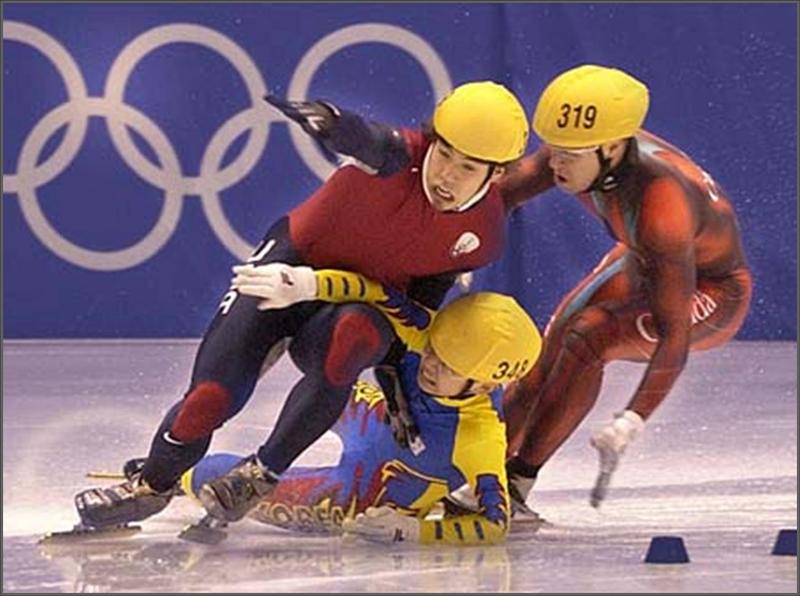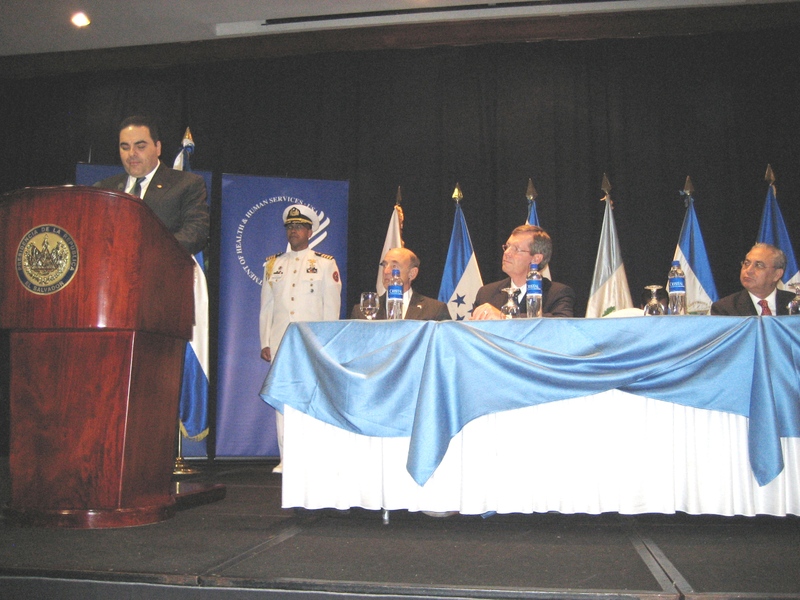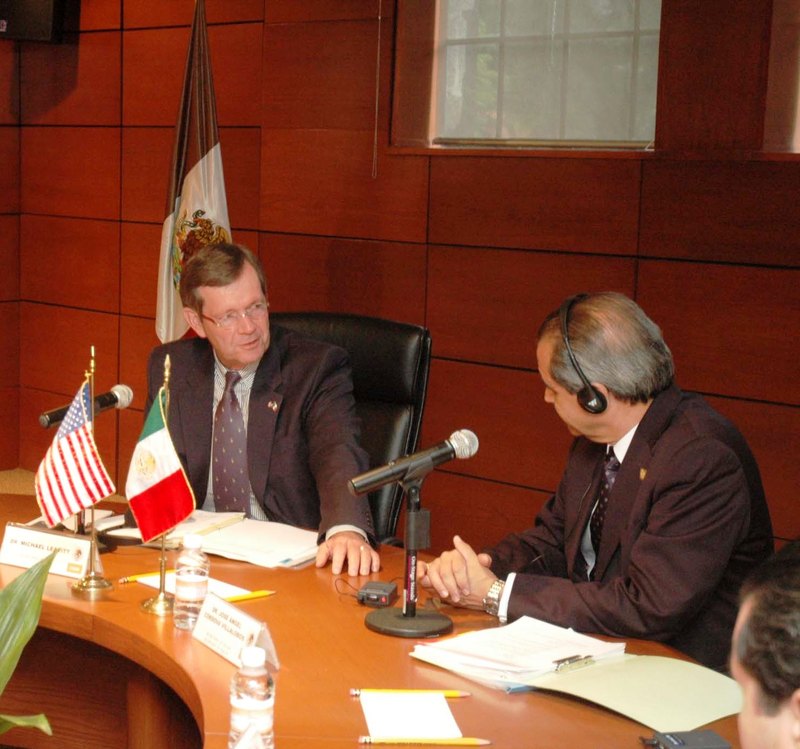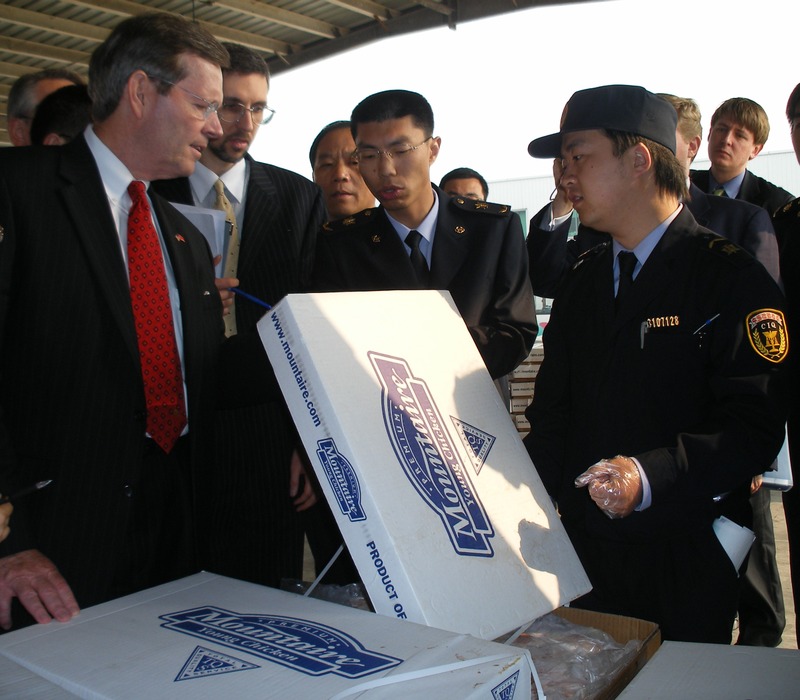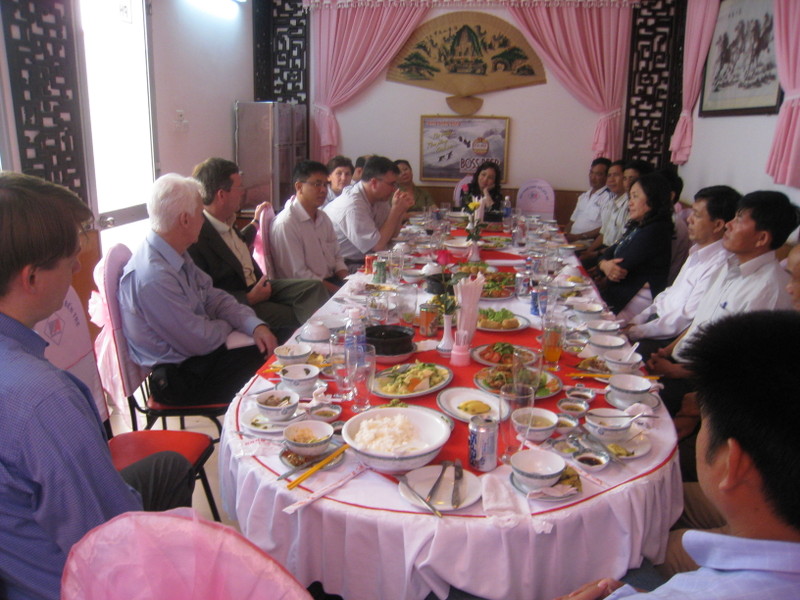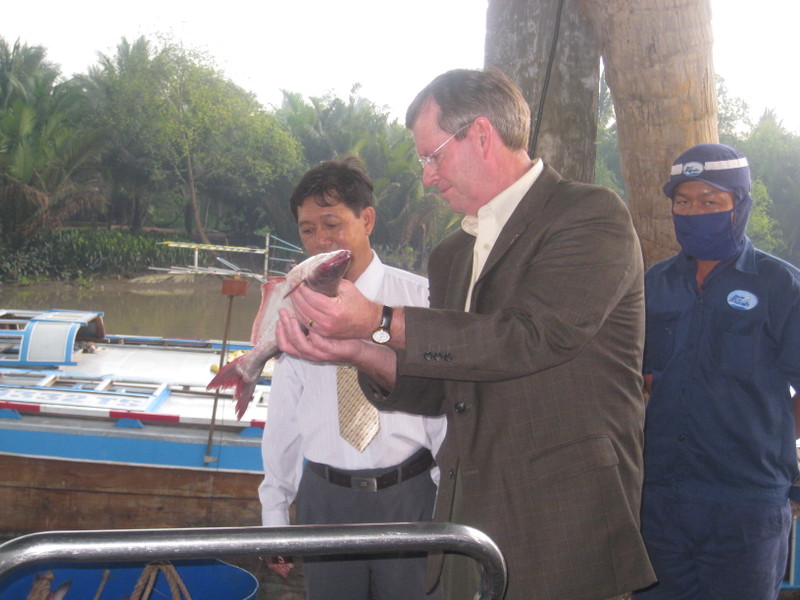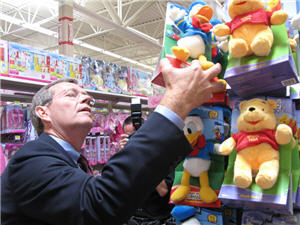Safety at the Speed of Life- Blog 7
Last week, I began a blog series on the importance of building safety into our global trade processes. I discussed the scope of our trading in the global markets, our response to the need for new tools and strategies and the importance of collaboration in implementing these new strategies. I would like to close this series by sharing one more story about safety, speed, and Olympic athletes. This one is a tale of devotion to the safety of our country and sheer speed on ice. It is about a true hero of the 2002 Olympic Winter Games — Derek Parra, a Mexican-American speed skater from San Bernardino, California.
Prior to the Games, Derek was an employee at Home Depot working in the flooring and electrical department. He is a regular guy who at the time would eat Fig Newtons the night before each race.
This regular guy represented our country during the 2002 Games in two monumental ways. In the opening ceremony, Parra was chosen as one of eight U.S. athletes who carried in the tattered flag that flew over the World Trade Center. In his book, Reflections on Ice, he wrote about this experience. Let me include an excerpt:
When it came time to begin the procession I touched the flag for the first time and felt a physical sensation unlike anything I had ever experienced. If it is possible to feel your soul being touched that is what I felt. As we carried the flag out before the capacity crowd and worldwide television audience the silence was deafening. I’ve never before heard such stillness. I was some place emotionally I had never been before; some place spiritually I didn’t know existed. While in this instance that flag represented so much death, it seemed also to stand for life, love and the hope of a nation.
I was there and he is right.
Powerful words about the safety of our homeland from a great Olympian.
A few days later, Parra fulfilled the hope of a nation by demonstrating that nice guys do finish first. He had a breathtaking and world-record-setting performance in the 1,500-meter race. In a stunning time of 1 minute 43.95 seconds, he bested the favorite skater from the Netherlands and captured gold for the United States.
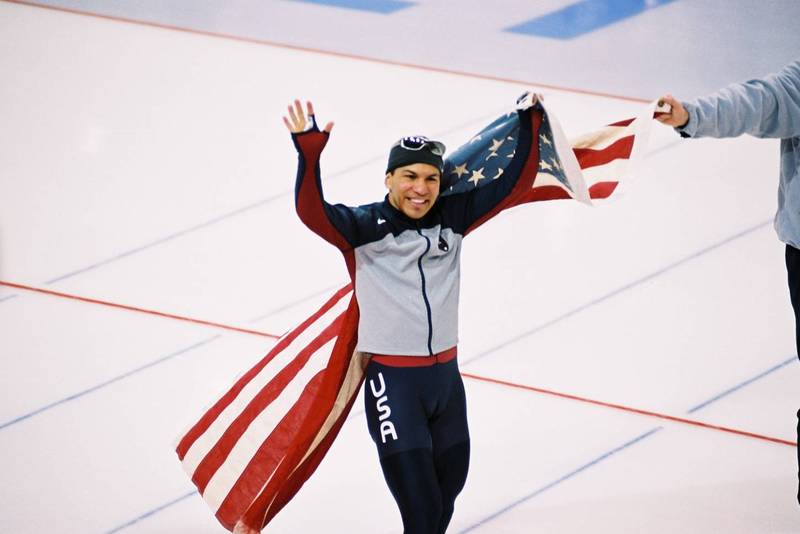
Derek Parra carrying United States flag.
After winning the race Parra said, “You give up so much, hoping for a moment like this, and it happens.”
He skated the perfect race. He embraced safety, mastered the ice, and skated at the speed of life. His fleet power made him at that moment the best in the world … ever.
In the next 12 to 24 months something far more significant than an Olympic gold medal is at stake. It is the future of product safety in the United States. There are two competing and divergent philosophies ready for battle. This battle is not entirely about safety; it is a surrogate battle about U.S. philosophy on trade.
I believe that opening world markets has brought enormous benefits to consumers — lower prices, greater variety, and more choice. We will achieve safety and speed by harnessing the power of consumers who rapidly and harshly punish those who produce poor products. The game plan is to develop high, science-based standards, demand absolute transparency, reward independent certification, and rigorously enforce high-risk products.
Others would have government inspect everything. They want to stop products at the border and increase point-of-entry government inspection. Not only does such a course mean higher costs and taxes, it means consumers would be denied timely access to an abundance of safe products at lower prices. Frankly, underneath their government-centric view lurks the spirit of protectionism and the illusion that they can use the inspection process to slow or reverse global trade.
If you care about the future of the United States in the global market, you have to weigh in here. Now is the time. This is the medal round.
In a global market there are three ways to approach change: You can fight it and fail; you can accept it and survive; or you can lead it and prosper.
We are the United States of America; let us lead.

